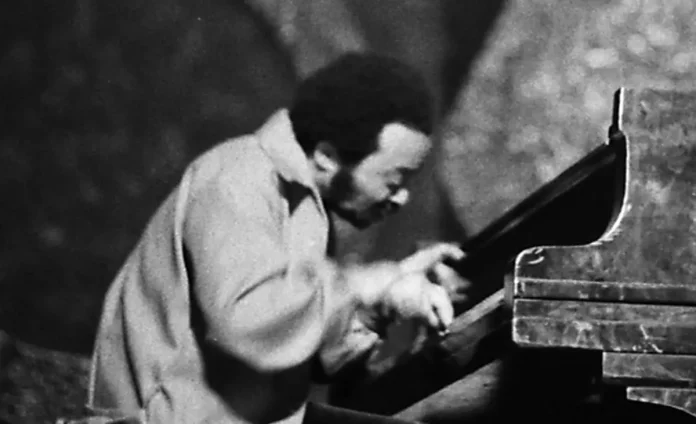To the ear trained exclusively in traditional harmony, Taylor’s music might seem chaotic and confusing; it is unashamedly atonal and metrically uninhibited, frequently brash and unsentimental. Even more than two decades after its inception, it still draws wounded cries from those critics whose cosy aesthetic is threatened.
Taylor’s only UK appearance on his current tour found him no more ready to compromise his individuality. The set began calmly enough, with voices from the quartet chanting mystically on a darkened stage. When the lights came up, Taylor’s long time colleague, altoist Jimmy Lyons, took the first solo, moving from a melancholy theme statement into an insistent spiralling note pattern. Both his and Taylor’s solos were lengthy and thorough expositions, leading to extended climaxes which displayed awesome stamina.
The pressure was greatest of all when all four players seemed combined in a tumultuous welter of simultaneous soloing. At times like this it was hard to establish a focal point, and the rhythm section of William Parker (bass) and Rashid Bakr (drums) began to seem superfluous. The same simplistic unison approach seemed to restrict dynamic variety, the music offering fewer degrees of shade than one would expect from a quartet.
However, Taylor’s solos banished any doubt of his worth. His ‘free’ harmonic approach might make his technique appear random and undisciplined, but the glittering precision, the piercing shifts from bass to top register and the torrential attack are aspects of an expressive personal language, and one that is spoken with passion and conviction.
















